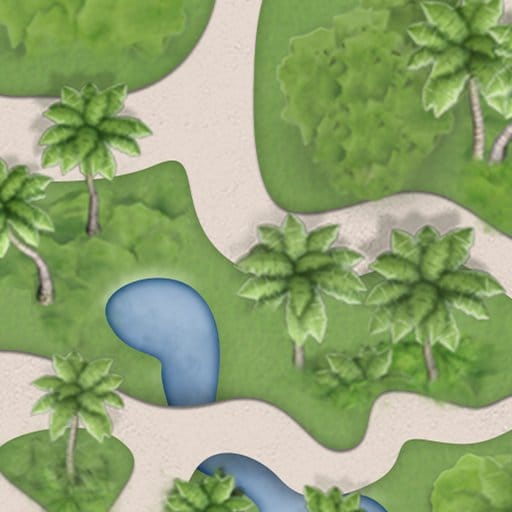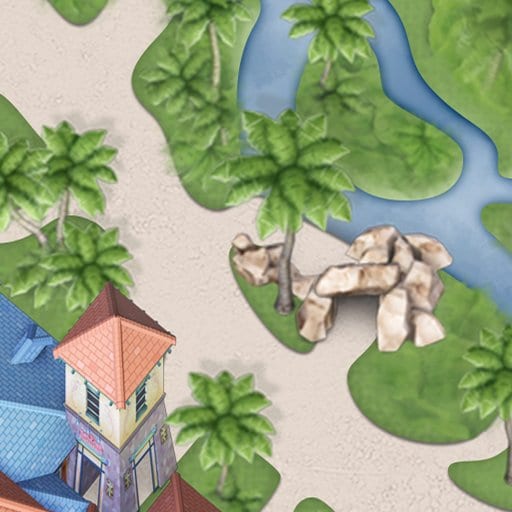
Flamencos en Discovery Island: animales de Disney
Flamencos en Walt Disney World Resort
Encontrados en todos los continentes, excepto en La suda contad, los flamencos viven cerca de grandes cuerpos de agua, como lagos y lagunas poco profundas. Es común que los flamencos formen una enorme representación de 10.000 pájaros o más.
Explora las siguientes experiencias en Walt Disney World Resort para ver flamencos:
- Kilimanjaro Safaris, una atracción favorita en el Disney Parque Temático Animal Kingdom
- Un hábitat cerca de Tree of Life en el Disney Parque Temático 's Animal Kingdom
- Saborea la sabana, una excursión VIP
- Wild Africa Trek, una excursión VIP
Y en Disney 's Animal Kingdom Lodge, puedes ver a flamencos paseando por la sabana cerca de Jambo House.
Un hogar lejos de casa
Aquí tienes una mirada interior a la vida de un flamenco en Walt Disney World Resort:
- Un lugar para anidar: Durante la temporada estival, Disney los expertos en cuidado de animales humedecerán el lodo cerca de lugares para anidar, ya que los flamencos sólo construirán sus nidos usando tierra mojada.
- Ilusiones ilusionadas: Se agregan espejos a algunos hábitats para crear la ilusión de una réplica más grande, imitando a los grandes grupos sociales que tienen los flamencos en la vida salvaje.
- Rosa cosquillas: Los flamencos nacieron de un color gris claro; sus plumas comienzan a rosados durante el segundo año de sus vidas. En su hábitat natural, los flamencos comen unas algas verdeazuladas y crustáceos que contienen un pigmento carotenoide. Este pigmento es lo que otorga a los flamencos adultos su famoso color rosado. Los flamencos reciben este pimiento rojo en alimentos creados especialmente para ellos.
Preservación de Disney: Salvando a los flamencos
Las amenazas a los flamencos incluyen la perturbación del hábitat, la contaminación del agua, la contaminación atmosférica, la actividad humana, la recogida de huevos y la caza.
The Walt Disney Company se compromete a la protección de la vida silvestre y a de la magia de la naturaleza como parte de una comunidad global. El Disney Conservation Fund * ha apoyado a organizaciones sin fines de lucro que trabajan con comunidades de varios países para investigar las poblaciones de flamencos e involucrar a la gente local en programas y actividades educativas para reducir las amenazas a los flamencos.
*The Disney Conservation Fund is supported by The Walt Disney Company and Guests of Walt Disney Parks and Resorts, with 100% of Guest contributions matched by Disney and directed to nonprofit organizations. Additionally, Disney covers all costs of managing the fund. The Disney Conservation Fund is not a charitable organization, and donations are not deductible as charitable contributions for US tax purposes.









